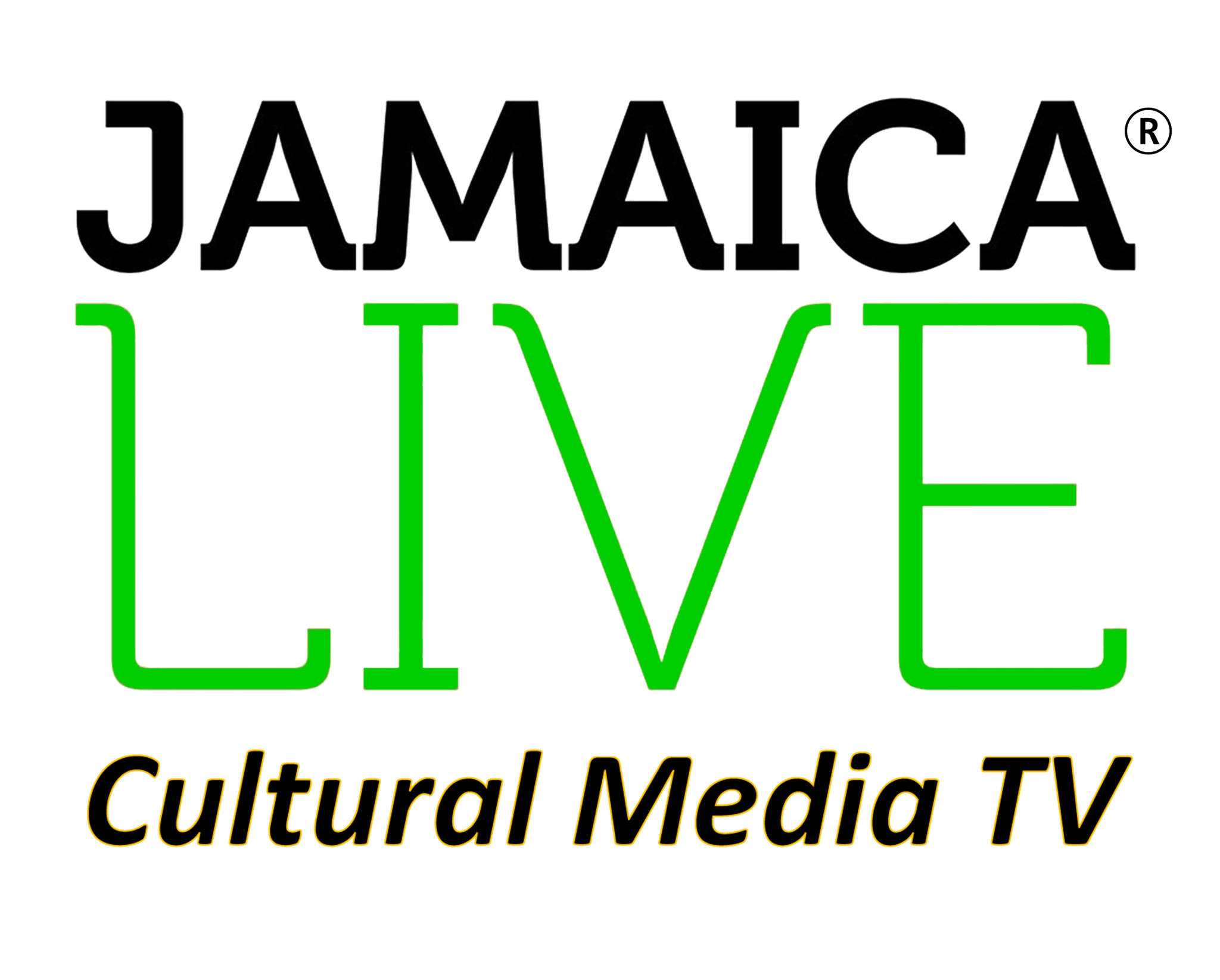Sunlight and Humidity Kills Coronavirus The Fastest
William Bryan, who is the science and technology adviser to the Department of Homeland Security, told reporters at the White House on Thursday that government scientists found ultraviolet rays had a potent impact on the pathogen. “The virus dies quickest in the presence of direct sunlight,” Bryan said.

Sunlight on the coronavirus
“Our most striking observation to date is the powerful effect that solar light appears to have on killing the virus – both surfaces and in the air,” he added. “We’ve seen a similar effect with both temperature and humidity as well, where increasing the temperature and humidity or both is generally less favourable to the virus.”
According to Aljazeera, Dr Margaret Harris from the World Health Organization said “the evidence is not supporting [the sunlight] theory”.
“I’m sorry but we cannot hope that summer is going to have the effect that many people hope it will,” said Harris.
Bryan warned it would be “irresponsible” to say the warmer summer months will eliminate the virus. But he said that time period would provide an “opportunity to get ahead” of the pandemic.
The research cited by Bryan has not yet been released for review, making it difficult for independent experts to comment on how robust its methodology was.
ARGUMENTS FOR SUNLIGHT ON THE VIRUS
Journal of Invertebrate Pathology
Volume 19, Issue 2, March 1972, Pages 179-188. Received 25 May 1971, Available online 17 December 2004. The quantitative and qualitative effects of solar energy on partially purified nuclear-polyhedrosis virus of Neodiprion swainei were studied. The data were based on bioassays on first- and second-instar Neodiprion swainei larvae. Inactivation of the virus by sunlight was pronounced, and it varied, depending on length of exposure. Recommendations are made to overcome the inhibiting effect of solar energy in field applications of virus.
Vitamin D kills the flu virus so STOP BLOCKING OUR SUNLIGHT!
A 2009 article in Planet Sun, published an article explaining that, If you ask anybody that takes 5000 units of vitamin D every day, they will tell you they just don’t get sick anymore, it just doesn’t happen. How that works is- Your body makes natural incurring antibiotics, and Vitamin D regulates and increases production of these natural antibiotics. Of course, that makes sense, do you generally get colds or flu’s in the summertime? This is more common in the wintertime because your body produces less than one third of vitamin D than it does in the summer. Scientists confuse facts with theories. For example, people get more heart attacks in the winter because they are shovelling snow, or because of influenza.. the fact is people get more heart attacks in the winter, everything else is theory. Over 100 years ago, every doctor knew that the sunshine was a cure for tuberculosis because of the vitamin D. Any infectious disease is more common in the winter time, as a target of vitamin D.
The ACS Publications in an article published 2013
Sunlight Inactivation of Human Viruses and Bacteriophages in Coastal Waters Containing Natural Photosensitizers
Sunlight inactivation of poliovirus type 3 (PV3), adenovirus type 2 (HAdV2), and two bacteriophage (MS2 and PRD1) was investigated in an array of coastal waters to better understand solar inactivation mechanisms and the effect of natural water constituents on observed inactivation rates (kobs).
Reactor scale inactivation experiments were conducted using a solar simulator, and kobs for each virus was measured in a sensitizer-free control and five unfiltered surface water samples collected from different sources. kobs values varied between viruses in the same water matrix, and for each virus in different matrices, with PV3 having the fastest and MS2 the slowest kobs in all waters.
When exposed to full-spectrum sunlight, the presence of photosensitizers increased kobs of HAdV2, PRD1 and MS2, but not PV3, which provides evidence that the exogenous sunlight inactivation mechanism, involving damage by exogenously produced reactive intermediates, played a greater role for these viruses.
While PV3 inactivation was observed to be dominated by endogenous mechanisms, this may be due to a masking of exogenous kobs by significantly faster endogenous kobs. Results illustrate that differences in water composition can shift absolute and relative inactivation rates of viruses, which has important implications for natural wastewater treatment systems, solar disinfection (SODIS), and the use of indicator organisms for monitoring water quality.

Lucas F. de Freitas, Michael R. Hamblin, in Nanobiomaterials in Antimicrobial Therapy, 2016
1.2 Photosensitizers
Photosensitizers are molecules that can be activated by light in order to generate ROS that can damage cell structures from microorganisms or from diseased mammalian cells leading to cell death. Ideally, photosensitizers should be relatively easy to synthesize as a single pure compound, have low levels of cytotoxicity in the dark, and have no physiological side effects (such as hypotension or hypersensitivity). Moreover, photosensitizers that are activated by longer wavelengths of light, especially in the red and far red, can be used to treat sites that are deeper in the body, since the penetration of red light into tissues is higher and there is less skin photosensitivity in this region of the spectrum.
